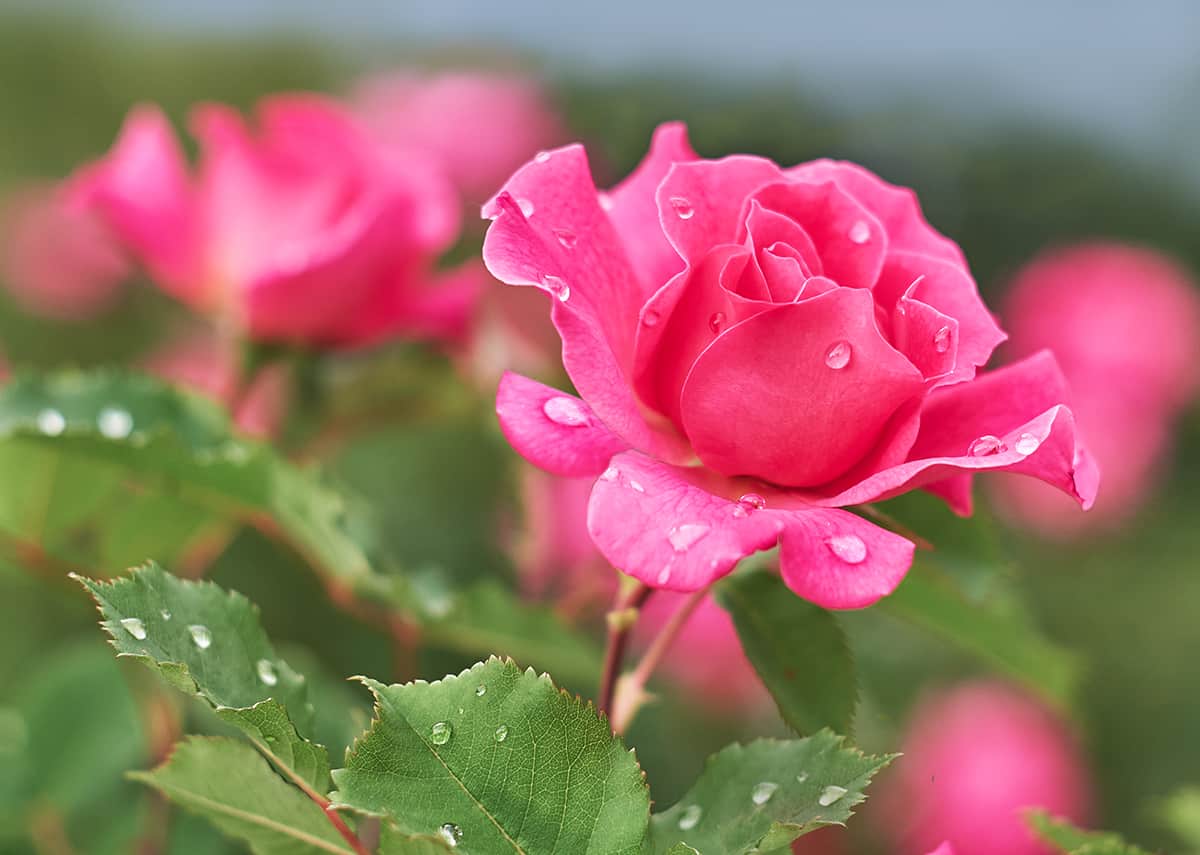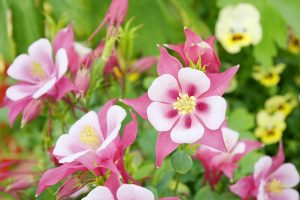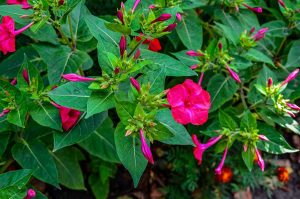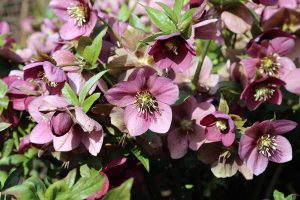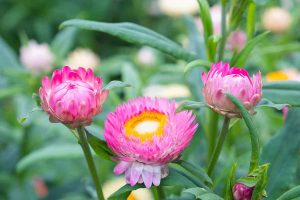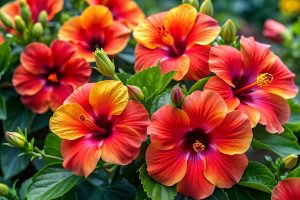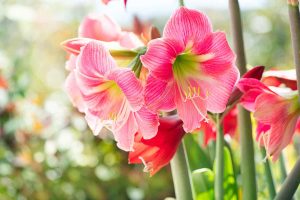Roses are one of the most popular types of blooming plants on the planet, with a long history that is believed to date back to around 35 million years. These romantic flowers are loved for their full blooms, sweetly scented petals, and dramatic foliage.
Most modern roses will bloom for an extended period of time from early spring right through to late fall, with some exceptions.
Here we look at the time of year you can expect your rose bush to be in bud, and what measures you can take to maximize the blooming potential of your rose plant.
Table of Contents
Typical Rose Blooming Time
There are in excess of 30,000 different varieties of roses, and their blooming time can vary from one variety to another. In general, the typical blooming time for a rose is between late spring through to early fall. There are things you can do to maximize blooming on some types of rose plants, but the time at which they bloom is most heavily affected by their species and the climate conditions they are grown in.
How Often Do Roses Bloom?
Most modern varieties of roses will bloom continuously from early spring through to late fall. The blooming cycle usually takes around 8 weeks, which means if you remove a rose from the plant, it will be replaced by a new rose in 8 weeks’ time.
On the majority of modern rose plants, the stems will bloom in succession so that the plant will always have several flowers on display at any given time between spring and fall. Some popular types of modern roses which are renowned for their vigorous blooms include:
‘Graham Thomas’ English Rose
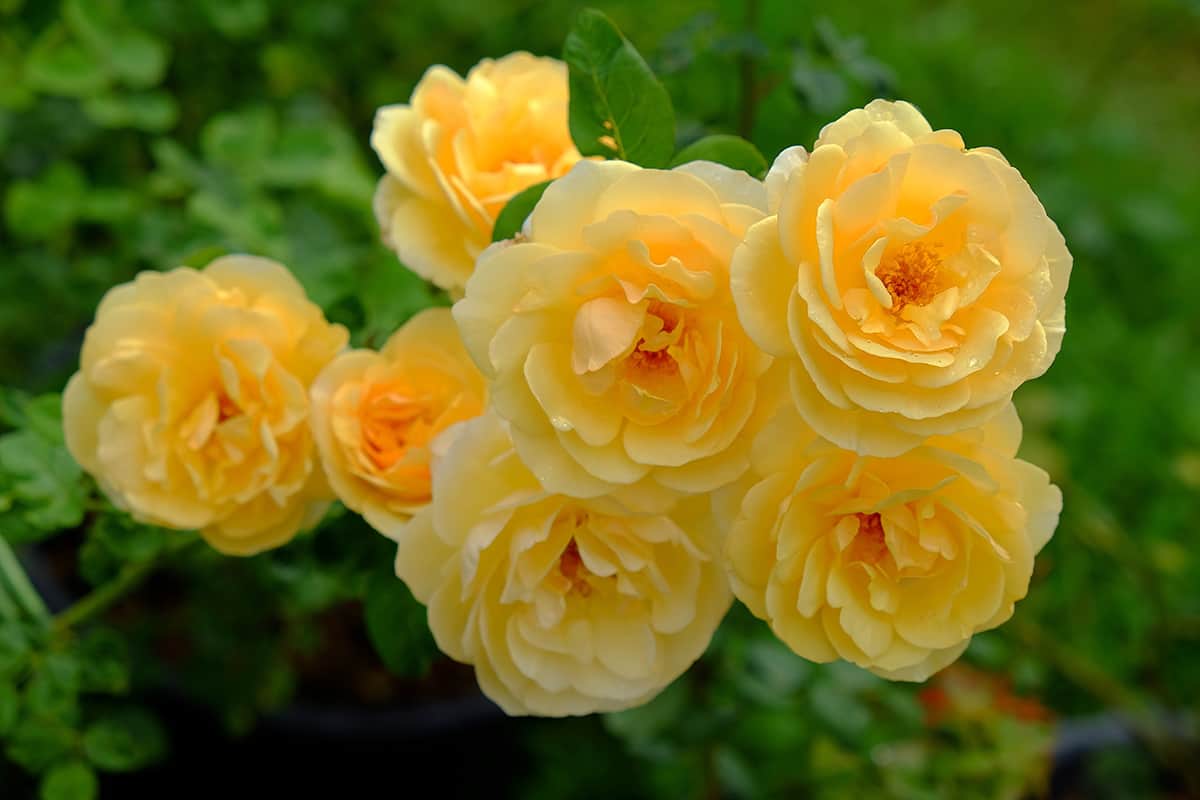
This is a hugely popular variety of English Rose which was bred by David Austen and released in 1983.
It has a mild tea fragrance, and medium-sized blooms in a rich, buttery shade of yellow. It is famed for blooming repeatedly from late spring right through to fall.
‘The Fairy’ Polyantha Rose
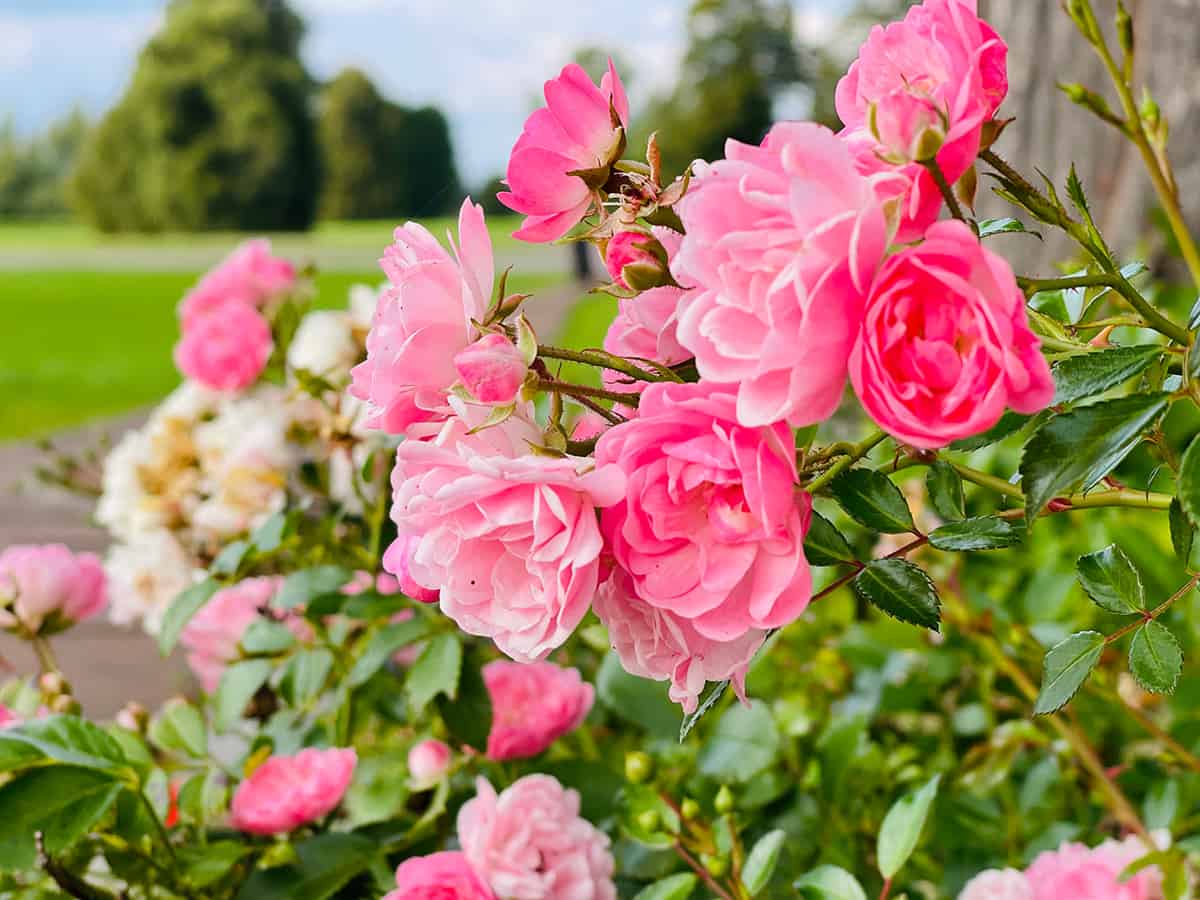
This Polyantha Rose is also known as a Shrub Rose. It has a dwarf growth habit, reaching a height and spread of between 2 and 4 feet at maturity.
It is a vigorous bloomer, producing dense sprays of pastel pink, double flowers from late in spring and into fall. It has received the Award of Garden Merit from the Royal Horticultural Society.
‘Bonica’ Floribunda Rose

This is a multiple award-winning rose that lays claim to the ‘World’s Favorite Rose 1997’ title, the All-American Rose Award, and the Award of Garden Merit from the Royal Horticultural Society. It is an abundant repeat bloomer, producing sprays of double flowers in mid-pink set against dark green, glossy foliage.
Old Rose Blooms Vs Modern Rose Blooms
Most older varieties of roses, often known as heirloom varieties, do not bloom as profusely as modern roses. However, they do have plenty to offer the gardener, with a stronger fragrance and a tendency to be hardier. When it comes to heirloom varieties, these most commonly will only bloom once per year.
This will happen anytime between spring and fall, and once the blooms have faded the plant will not usually bloom again until the following year. By comparison, modern roses will continuously bloom throughout the whole growing season, with flowers persisting right through fall.
What Affects Rose Blooming?
Climate
The climate a rose plant is growing in will affect the time of year it blooms. In climates that warm up early in the year, such as California in the US, it is not uncommon to see roses blooming as early as March. In climates where the weather remains cooler for longer, you may not see roses blooming until late April or even June.
Species
The species of a rose plant is going to determine the way it blooms to a large extent, though it can only fulfill its potential with the right care. The type of rose you are growing will be an indicator as to whether the plant will bloom continuously throughout the season, or whether it will only bloom once a year.
The species of rose will also be a factor in determining how vigorously the plant blooms, and at which point in the year it blooms. For example, the Hybrid Musk Rose ‘Buff Beauty’ will not bloom until mid-summer, while the ‘Dusky Maiden’ Floribunda Rose will bloom from late spring.
Care
The type of care a rose plant receives will be significant in the blooming process of the plant. The rose needs to receive an appropriate amount of water, be planted in full sun, and have access to nutrients within the soil in order to bloom effectively. If the care is lacking, then this can result in a plant that is slow to bloom or a plant that produces small or few flowers.
How to Make Roses Bloom More
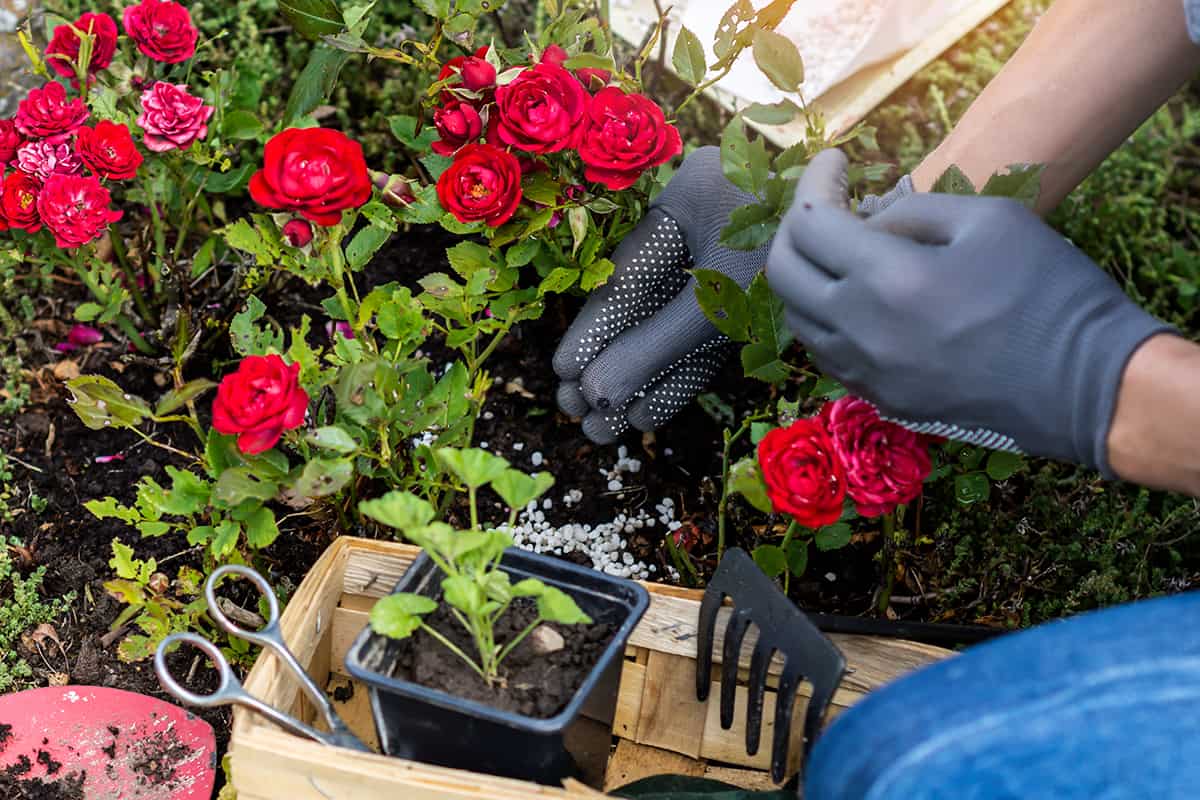
Deadheading
The best way to encourage a healthy rose plant to bloom more prolifically is to deadhead fading blooms. Remove these down to the nearest stem with 5 leaves, which will encourage more blooming and ensure the plant maintains a bushy appearance.
Fertilizer
Rose plants are heavy feeders, so they need frequent applications of fertilizer to keep the nutrients available in the soil. Roses should be fertilized early in spring, and again early in summer, to give them the boost they need to vigorously bloom.
Pest control
Pests should be kept at bay by regularly checking rose plants over for signs of infestations, and using preventative organic pest deterrent methods. Pests will feed on the nutrients in the rose plants, which will limit its ability to thrive and bloom.
Care
Caring for a rose plant in an appropriate way will help to ensure it fulfills its potential, growing into a strong and thriving plant which produces an abundance of flowers. Care should be specifically catered to the type of rose plant you have, for example the Small-Leaved Rose (Rosa minutifolia) performs best in well-draining, sandy soils, and is tolerant of drought, while the Moyes Rose (Rosa moyesii) prefers soils that are kept consistently moist, and are slightly acidic.
